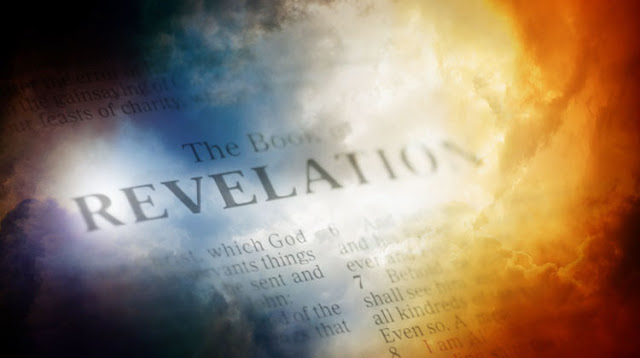My Favorite Zombie Story In The Bible
No, it's not Lazarus.
Or Jesus, either, so don't worry, I won't be referring to Jesus as a zombie. I do, however, want to talk about some of the events at his death.
Matthew's account of the death of Jesus in Matthew 27:45-54 shares several spooky details. First, while Jesus is on the cross and still alive, Matthew says that darkness came over the whole land from about noon to three in the afternoon. That's not good. Darkness is never good. Ask Dr. Who.
 |
| Trust him. He's a doctor. |
Then, immediately after Jesus breathes his last, a curtain inside the temple of God was torn in two from top to bottom. Hebrews, another book in the New Testament, has led folks to understand this as symbolism for the death of Jesus making a way for us to draw near to God. It's interesting to me that Matthew offers no such commentary. He prefers to let the event stand on its own. It's a powerful image. I think for Matthew, power is more important than symbolism.
The display of power continues. Matthew tells us the earth shook and rocks were split from the force of the earthquake. Matthew likes earthquakes. He's the only gospel writer who mentions them three times. In Matthew 24:5-8, Jesus tells his followers what to look for before his return. He tells them there will be wars and rumors of wars. Nations and kingdoms will do battle against one another, and there will be famines and earthquakes. Then later, after the death of Jesus, Matthew 28:2 says there was an earthquake when an angel rolled back the stone from the tomb of Jesus.
Wars are powerful. Famines are powerful. Resurrection is powerful. For Matthew, earthquakes, like these other things, equate with power.
What comes next is my favorite part of the story. Tombs were opened, perhaps from the earthquake, and "many bodies of the saints who had fallen asleep were raised" (Matthew 27:52, NRSV).
Wait. There's more.
The next verse says, "After his resurrection they came out of the tombs and entered the holy city and appeared to many."
Okay. I have questions. So many questions.
Who were these "saints?"
So from the time of the death of Jesus until his resurrection these risen saints just stayed in their open tombs? There was no Netflix or Instagram. How did they manage?
How did the people in Jerusalem (the holy city) respond when The Walking Dead started making appearances?
And what was the condition of The Walking Dead for said appearances? Were they whole? Or maybe just a little... rotted? They'd been in the ground, for goodness' sake! For a while! They certainly weren't in great shape, right?
Also, does this mean they had to die a second time? Cause that sucks.
I'm sure many people have already answered these questions in a way that brings them peace and joy and hope for their heavenly reward. God bless you.
Matthew doesn't care about my questions. Matthew cares about the power displayed in the death of Jesus. For Matthew, there was such power in Jesus that when he died, the life that left him brought life to those already dead.




These questions obviously kept Apologist, Mike Licona awake at night because he eventually included such details in one of his books, in which he basically said: ''Nah, you can't believe this crap, people. Come on ... really? It's some sort of mettyfor or something. Get real. It never happened.''
ReplyDeleteThis attracted the wrath of Norm Geisler who, being much more inclined to believe in biblical literalism, and seeing his academic pension about to fly out the window, ensured that the university fired Licona's ass.
After all, it was the Christian thing to do.
Actually I don't think Licona, who has a Ph.D. in New Testament Studies, lost any sleep over it at all. Much more likely that Geisler, who has a Ph.D. in philosophy, did.
DeleteAs I understand it, Licona suggested that it could be apocalyptic imagery, and probably didn't state it quite as strongly as you suggested; though to be fair, I haven't read his book, "The Resurrection of Jesus." Truth is, this isn't a new understanding. Lots of folks have suggested this very thing in commentaries on Matthew. The problem was Licona taught at Southern. Another position at another Christian school and he might have kept his job. In fact, I believe he has a new position, at a school that isn't exactly a bastion of liberal theology.
Thanks for reading and commenting.
Sorry, I would have thought it obvious I was allowing a little bit of poetic licence to creep in when describing what Mike must have thought/said.
DeleteHowever, such discrepancies of doctrinal interpretation not only highlight the vast differences among Christian sects, but also demonstrates the many problems that arise from text deemed to be the inspired Word of God, when clearly this cannot possibly be the case.
The Witch Hunt that Geisler started against Licona, forcing the man to initially be deprived of his livelihood, smacks of the very intolerance which saw, in times past, the extermination of groups such as the Cathars.